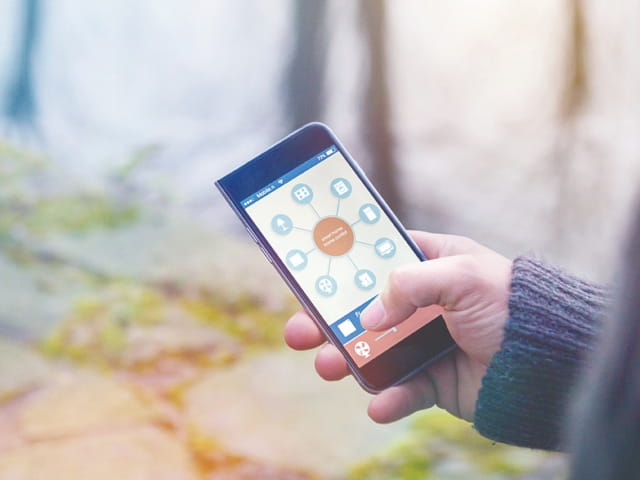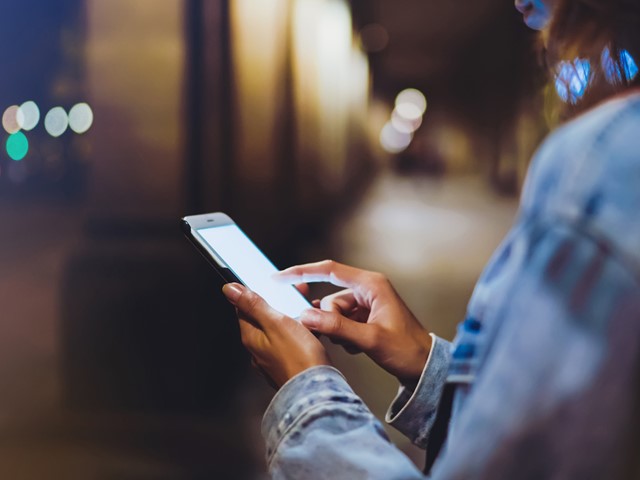A Guide To Touchscreen Technologies

A touchscreen is an aesthetic display screen that can find the visibility and location of a touch to its surface area, either from a finger or an item such as a stylus pen. A variety of various technologies remain in usage on touchscreens, with the technology to a huge degree determining viability for usage in particular environments and on what type of tool.
Resistive Technology
Two slim conductive layers are divided by a narrow void. When the outer coversheet layer is touched, it enters contact with the inner layer – generally a layer on the glass panel. The get in touch with between both conductive layers is found and also refined to establish the specific location as well as type of touch (e.g. quick ‘mouse-click’ or long term hold). Resistive technology is extremely resistant to liquids however the surface layer is at risk to damage by sharp objects. Best used with a finger, gloved hand or stylus.
Surface Wave Technology
Ultrasonic waves pass across the surface of the touchscreen panel, with a portion of the wave being absorbed when the screen surface is touched. The change in the ultrasonic waves is signed up as well as the setting figured out. Not matched to wet environments, considering that decreases of fluid can offer incorrect checks out. Best used with a finger, gloved hand or soft stylus. Check out A Andres for more on this kind of technology.

Capacitive Technology
The glass touchscreen panel is covered with a conductive layer. The screen’s electrostatic field is distorted when touched by a finger (considering that the body is an electric conductor), enabling the location of the touch to be determined. Numerous innovations can be made use of for discovery, however they are beyond the range of this write-up (e.g. surface area capacitance, projected capacitance, self-capacitance, common capacitance). Since dependent on the conductivity of the human body, this technology does not function if putting on handwear covers. This technology is made use of in several tablet Computers and smartphones, such as the iPad and apple iphone.
Acoustic Pulse Recognition Technology
A current technology, an one-of-a-kind sound is created based upon the setting touched on the screen. The audio is grabbed by transducers at the corners of the screen as well as refined to determine the position, comparative with a pre-recorded sound profile. Background sound does not create disturbance, since it does not match the pre-recorded profiles. The touchscreen surface is glass, so it is durable and also is not usually interrupted by scrapes or things such as dust on the screen.
Optical Imaging Technology
With this fairly modern-day technology, photo sensing units around the screen spot touching items and after that calculate the setting based on analyses from numerous sensing units. This technology is relatively low-cost and works well with bigger displays.
Infrared Technology
A framework around the screen consists of LEDs with light receptors contrary, with the LEDs being pulsed sequentially to produce a scanning grid of infrared light beams. Touching the screen covers several beam of lights, making it possible for a setting to be calculated. Ideal for usage with finger, gloved hand or stylus pen. Dispersive Signal Technology Facility algorithms analyze info from sensors that detect piezoelectricity in the glass panel arising from a touch of the screen. Since detection is based on stress, this technology appropriates for use with finger, gloved hand or stylus.





